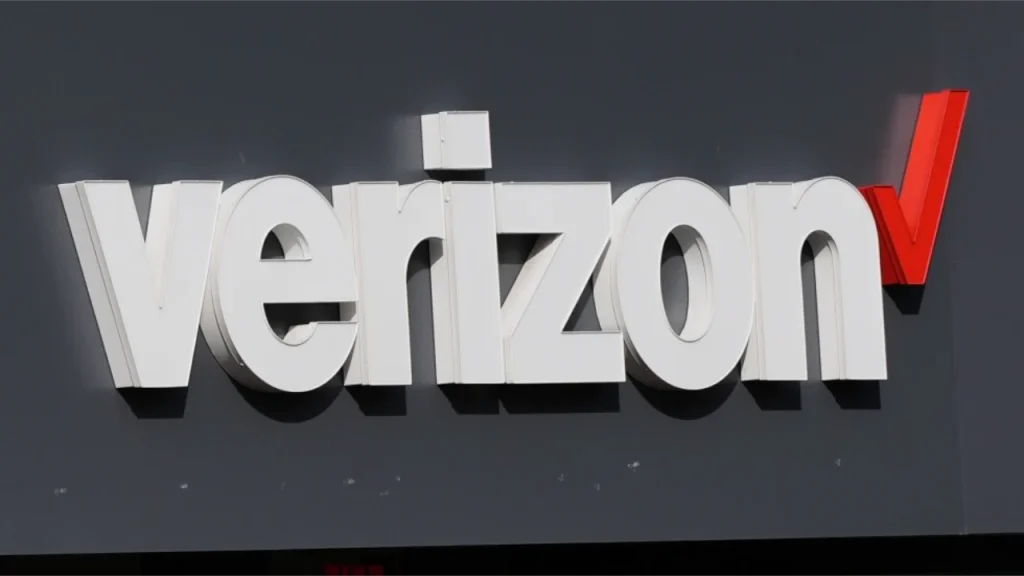- Verizon is laying off over 13,000 employees, representing roughly 20% of its management workforce.
- CEO Dan Schulman emphasised the need to simplify the company’s operations to improve customer satisfaction.
What happened: Verizon cuts 13,000 jobs to streamline operations
Verizon has announced significant job cuts, laying off over 13,000 employees in an effort to streamline its operations and refocus the company on improving customer experience. The cuts began on Thursday, and the layoffs will affect about 20% of Verizon’s management workforce, which is not unionised. This move comes as the company seeks to reorient itself to address challenges in its current cost structure.
In a memo sent to staff, Verizon CEO Dan Schulman explained that the company’s existing cost framework has hindered its ability to invest in areas that matter most, including customer experiences. He stated that Verizon needs to “reorient” its operations around customer satisfaction and simplify internal processes to remove inefficiencies that have been slowing the company down.
At the end of 2024, Verizon had nearly 100,000 full-time employees. The company’s decision to reduce its management ranks signals a broader restructuring effort aimed at enhancing operational efficiency, especially as it faces increasing competition and shifting consumer expectations in the telecommunications market.
Also Read: Turkcell and Google Cloud partner to build cloud region in Türkiye
Also Read: Google expands in Germany with €5.5B cloud build-out
Why it’s important
The job cuts represent a major shift for Verizon as it attempts to regain its competitive edge in an increasingly complex industry. The company’s decision to reduce its management workforce highlights its strategy to become more agile and customer-centric, with an emphasis on simplifying operations to boost overall satisfaction.
Verizon’s move could signal a broader trend within the telecommunications sector, where companies are rethinking their organisational structures to cope with fast-changing consumer demands and technological advancements. The job losses also reflect ongoing pressures in the industry as businesses adapt to new market realities.

